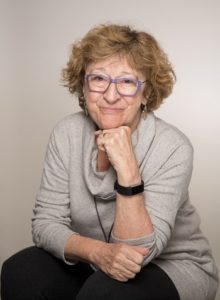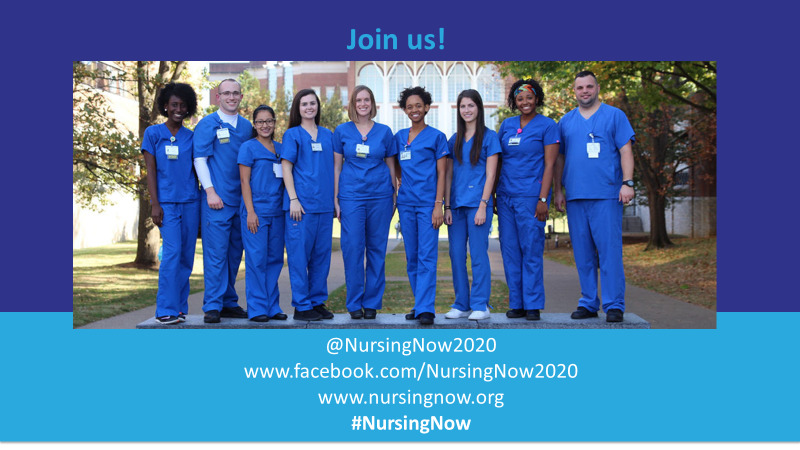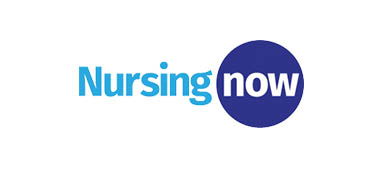Barbara Stilwell, PhD, RN, FRCN, is the Executive Director of Nursing Now, a three-year global campaign seeking to raise the profile of nurses.
Dr. Stilwell recently talked with Minority Nurse about what she hopes Nursing Now will accomplish before the campaign ends next year.
What follows is an edited version of our interview.

What do you hope to accomplish?
The campaign ends in 2020 and by then we aim to achieve the following:
1. On investment: There is greater investment in the nursing workforce—in education and professional development, standards and regulation, and employment conditions as well as in numbers in training and employment.
Measurement: that there are increases globally in investment in nursing and in the numbers of nurses in training and employment, and that a trajectory has been established and progress is being made towards eliminating the shortfall of nine million nurses and midwives by 2030, tracked through the State of the World’s Nursing report.
2. On policy: The health workforce generally—and nursing and midwifery specifically—are more central to global and national health policies.
Measurement: that all global and national policies on health and health care acknowledge the role of nursing in achieving their goals and include plans for the development of nursing. That national plans for delivering UHC make specific proposals for enhancing and developing the role of nurses as the health professionals most able to deliver patient centred UHC to individuals, families, and communities.
3. On leadership and influence: There are more nurses in leadership positions where they are able to influence policy and decision making and more opportunities for leadership and development for nurses at all levels.
Measurement: at least 75% of countries have a CNO or Chief Government Nurse as part of their most senior management team with the longer term aim of all countries having such posts; there is an increase in the availability of senior leadership programs for nurses; and a global nursing leadership network is established. More young nurses have access to leadership development programs.
4. On evidence: There is more evidence available to policy and decision makers in forms that are understandable about: i) the impact of nursing and where it can have most effect, ii) the barriers that currently prevent nurses from practicing to their full potential, iii) practical methods for addressing these barriers, iv) and that there is more research underway.
Measurement: There are increasing numbers of articles on aspects of nursing in peer reviewed journals that reach an audience broader than nurses; there is a coordinated global network on research on nursing; and there are innovative methods tested of bridging the evidence to policy gap in nursing.
5. On effective practice: There is more dissemination and sharing of effective and innovative practice in nursing and improved methods for doing so.
Measurement: that there is a coordinated global portal allowing access to examples of effective practice and innovation that is supported by nursing organizations and available to nurses and policy makers globally.
What has the campaign accomplished so far?
We now have 170 Nursing Now groups in 77 countries and growth continues. We are a social movement that works through its groups and networks to change the culture of nursing, and feedback so far suggests that the campaign has come at a moment when nurses are ready for change.
What do you hope to have happen in the next year?
WHO has declared 2020 will be the Year of the Nurse and Midwife and is preparing a State of the World’s Nursing Report—the first one ever. While there is support at WHO for nursing and midwifery, the presence of a global campaign has highlighted the significant issues in nursing development if Universal Health Coverage is to be achieved.
Our Nursing Now groups are spearheading initiatives to tackle today’s health issues—for example, how to achieve universal health coverage, the health of homeless people, gender-based violence, men in nursing, the image of nursing and midwifery, and many more.
How can nurses and/or health care providers become involved in it?
We have a great web site which invites comments and case studies. Please explore it and contact us if you have ideas. This is a movement that belongs to all nurses.

To learn more about Dr. Stilwell and the global campaign, visit www.nursingnow.org or check out the radical advocacy special issue of Creative Nursing.
[et_bloom_inline optin_id=”optin_35″]
- What an MSN Can Do for You - October 18, 2023
- The National League for Nursing: Connecting the Academic and Clinical Worlds for 130 Years - August 16, 2023
- Treating Burnout, Trauma, and Grief with Dance - July 14, 2023



